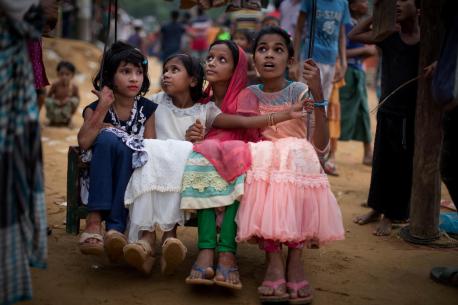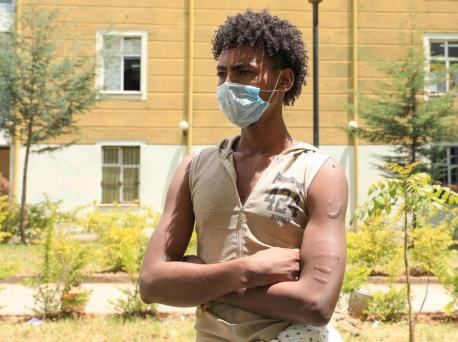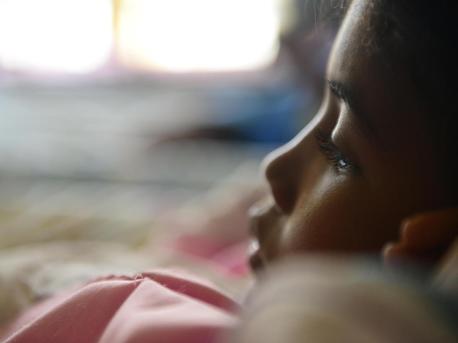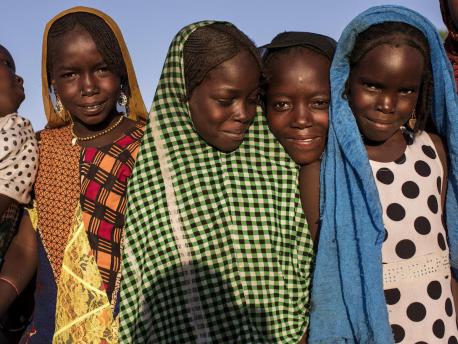
Preventing Human Trafficking in Humanitarian Emergencies
Armed conflict, natural disasters and political unrest often lead to increased human trafficking. Girls and women are particularly vulnerable.
Human trafficking — the buying and selling of humans for exploitative purposes — is an industry that thrives on the vulnerability and desperation of its victims. The circumstances under which victims are coerced or deceived into being trafficked vary considerably, from war and natural disasters to poverty and political corruption. These conditions create chaos and fuel the desperation of the civilians affected by them.
Humanitarian crises often lead to human trafficking
Humanitarian crisis is among these factors and finds itself creeping to the forefront as the number of global crises continues to rise. Because of the many pressing issues to address in the wake of a humanitarian emergency, trafficking is often overlooked as a direct consequence. Instead, it is often viewed as a pre-existing issue.
Although trafficking frequently exists within a region before it is affected by crisis, it is also very often a direct consequence of humanitarian emergencies. The forced armed recruitment of child soldiers, the opportunistic trafficking of displaced persons, the enslavement of persecuted ethnic minorities, the demand for sexual services by armed groups — these are all examples of crisis-specific trafficking.
Traffickers capitalize on loss and destruction to exploit their victims
Traffickers capitalize on loss and destruction to exploit their victims, navigating the blurred line between consent and desperation as crisis-affected families and individuals fight for survival.
There is evidence of trafficking rates exacerbated by crises all over the world today. Whether it is the trafficking of Rohingya refugees in Bangladesh or the exploitation of Central American migrants seeking refuge in the United States, desperate families and individuals often have little choice but to risk exploitation in an effort to survive.
How can I get involved?
- Send an email to your local elected officials urging them to keep trafficking and its victims top of mind
- Join UNICEF UNITE
- Become a monthly donor
- Spread the word by sharing this article or posting on your own social media accounts using the UNICEF USA Social Press Kit and the hashtag #EndTrafficking
- Read more about how to help end child trafficking here
Photo at top: Young girls ride a homemade ferris wheel during 2018 Eid al-Fitr celebrations in Balukhali refugee camp, Cox's Bazar, Bangladesh. Hundreds of thousands of Rohingya refugees fled across the border in 2017, fleeing a campaign of violence in Myanmar. Women and girls are particularly at risk of sexual abuse, exploitation and human trafficking during humanitarian crises. © UNICEF/UN0219071/Modola
HOW TO HELP
There are many ways to make a difference
War, famine, poverty, natural disasters — threats to the world's children keep coming. But UNICEF won't stop working to keep children healthy and safe.
UNICEF works in over 190 countries and territories — more places than any other children's organization. UNICEF has the world's largest humanitarian warehouse and, when disaster strikes, can get supplies almost anywhere within 72 hours. Constantly innovating, always advocating for a better world for children, UNICEF works to ensure that every child can grow up healthy, educated, protected and respected.
Would you like to help give all children the opportunity to reach their full potential? There are many ways to get involved.





